Discover practical techniques for hanging items in a metal building, ensuring secure placement and preserving the integrity of the structure.
Hanging items in a metal building can be a tricky task, but with the right tools and techniques, it’s entirely achievable. This article will guide you through the process, discussing the various types of anchors suitable for metal buildings, and providing step-by-step instructions on how to use them.
Whether you’re looking to hang a picture, a heavy-duty tool rack, or even a mezzanine floor, we’ve got you covered. Stay tuned to learn the ins and outs of making your metal building functional and organized.
Key takeaways:
- Understand the structure: frame, paneling, fastening elements.
- Choose appropriate tools: drill, self-drilling anchors, stud finder.
- Prepare by measuring, identifying stud locations, and determining weight.
- Follow detailed procedure: locate studs, mark spots, drill pilot holes, use appropriate screws/anchors, tighten objects.
- Consider safety: wear gloves, use a ladder/platform, avoid haste, wear protective eyewear, ensure suitable lighting.
Understanding the Structure of Metal Buildings
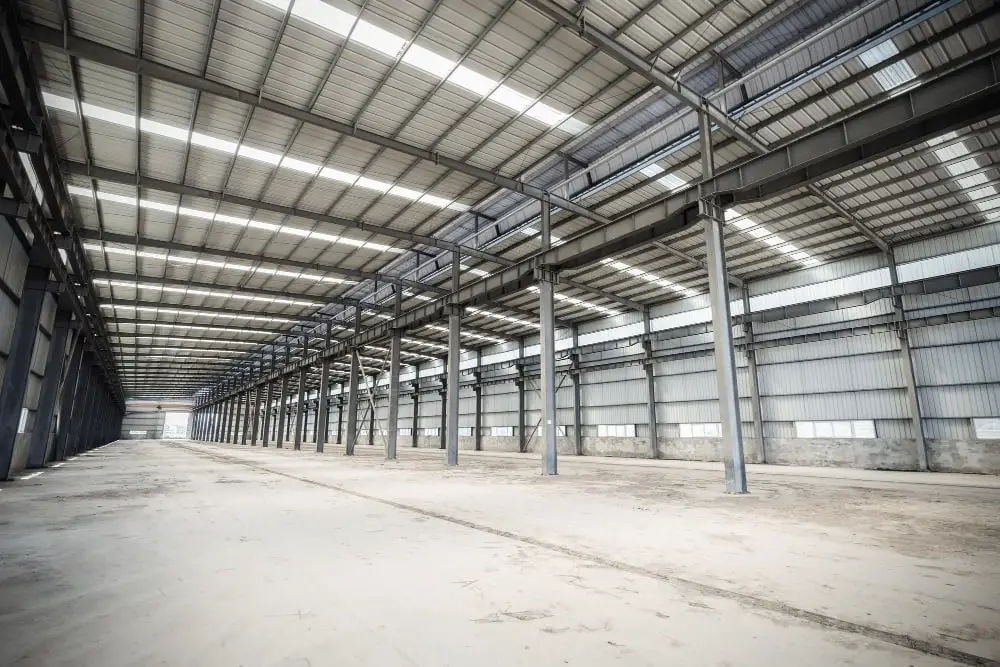
In the design of metal buildings, there are three critical components to keep in mind: the steel frame, the paneling, and the fastening elements. The frame is the skeleton of the building, providing structural integrity and defining its shape. It’s often composed of steel beams or tubing.
Next up is the paneling. This metal sheeting envelops the frame, serving as walls, ceilings, and sometimes even flooring. Although thin, these panels are highly resilient and can be reinforced by bending and folding the metal into supportive patterns.
Lastly, there are the fastening elements. These parts, including bolts, screws, and rivets, secure both the frame and paneling together. Identify these elements in your building because attaching items directly to the frame is often more secure than on the panels due to the latter’s thinner material.
By familiarizing yourself with these fundamental elements, you’ll hold the key to safely and effectively hang items in your metal building, turning your industrial space into a personalized, functional area.
Choosing Appropriate Tools for Hanging Items in Metal Buildings
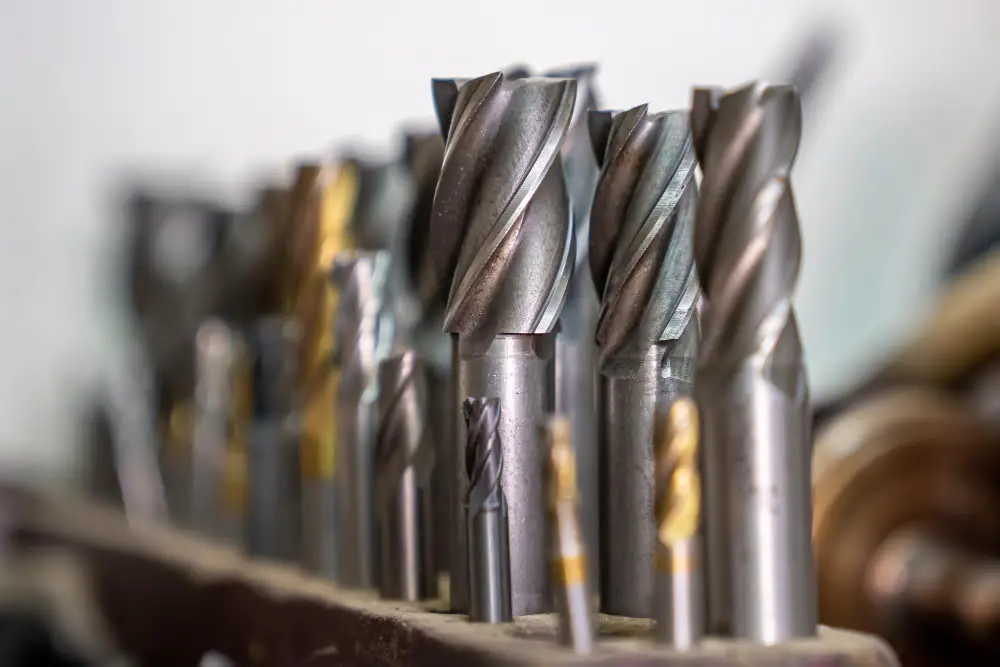
Primarily, consideration of the type of tools is pivotal. A quality drill with capable bits for boring through steel is non-negotiable.
Next, secure metal self-drilling anchors; these are utmost reliable for heavier objects, ensuring stability and safety.
For lighter items, a magnetic stud finder proves handy, guiding you to the metal studs inherent in the building structure which can support weight without further hardware.
Also, keep a level on hand to guarantee your items are hanged evenly.
Remember, your choice of tools significantly influences the success of your hanging project, from ease of installation to the longevity of the setup. It’s a crucial step not to be overlooked.
Preparation Process for Hanging Items in Metal Buildings
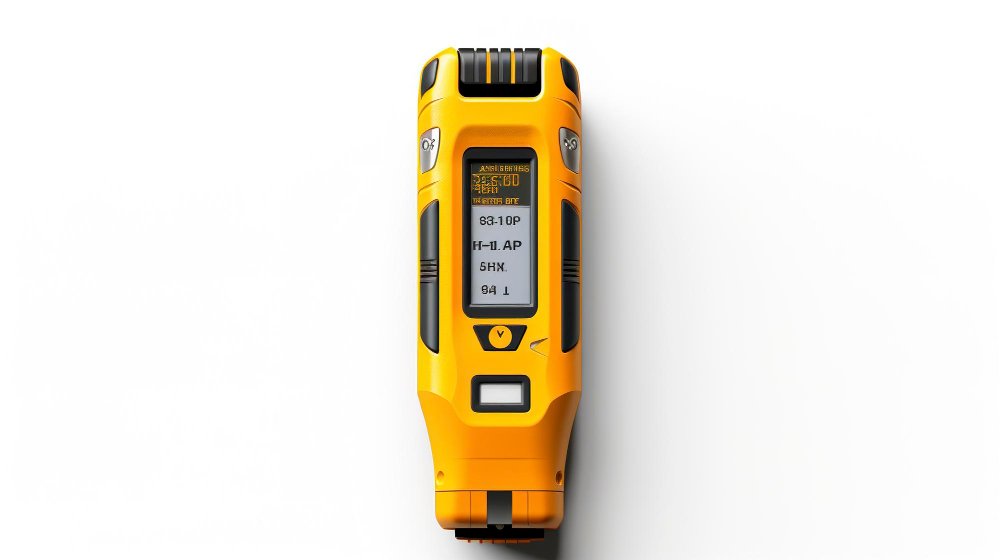
To facilitate a smooth process, a few preparatory steps are necessary. First off, gather essential tools such as a stud finder, tape measure, drill, and the relevant hangars or screws. Stud finders are a vital piece of equipment as they help locate positions where the building’s structure can provide the necessary support.
Once your toolbox is ready, start taking measurements. The locations of windows, doors, and existing structures should dictate the spacing and positioning of the items to be hung. Use a tape measure for exact placements, marking lightly with a pencil where necessary.
Next, determine the weight of the items to be hung. This step will influence the kind of anchors or screws needed and how much support the structure requires. For heavy items, such as large frames or shelves, ensure the load can be distributed evenly across multiple studs to prevent structural damage.
After taking these steps, you will be ready to begin the hanging process.
Detailed Procedure of Hanging Things in a Metal Building

Start by locating the studs in your metal walls, which should be spaced apart every 16 to 24 inches. Use a magnet or stud finder for accuracy. The advantage of these walls is they have built-in metal studs that support a high level of weight.
Secondly, mark the spots where you desire to hang your items. Make sure to measure distances between the spots to ensure even distribution, in case you’re planning to hang a series of frames or other similar objects.
Next, drill pilot holes. They should be smaller than the screws you plan to use. This will guide your screw, safeguard the metal, and help in preventing it from splintering or fracturing.
Then, use appropriate screws and anchors for your walls. For lighter items, self-drilling metal screws could be just right. But for heavier items, consider using toggle bolts, these are sturdier and can bear more weight.
Last but not least, fasten your objects onto the screws. You might need to screw into the metal a fair bit, as drywall is usually affixed to the studs every half-inch or so. Then, tighten until your object is secure against the wall.
Remember to always abide by the manufacturer’s instructions for any hardware being used, and to employ all necessary safety precautions while working.
Consideration of Safety Measures During the Hanging Process
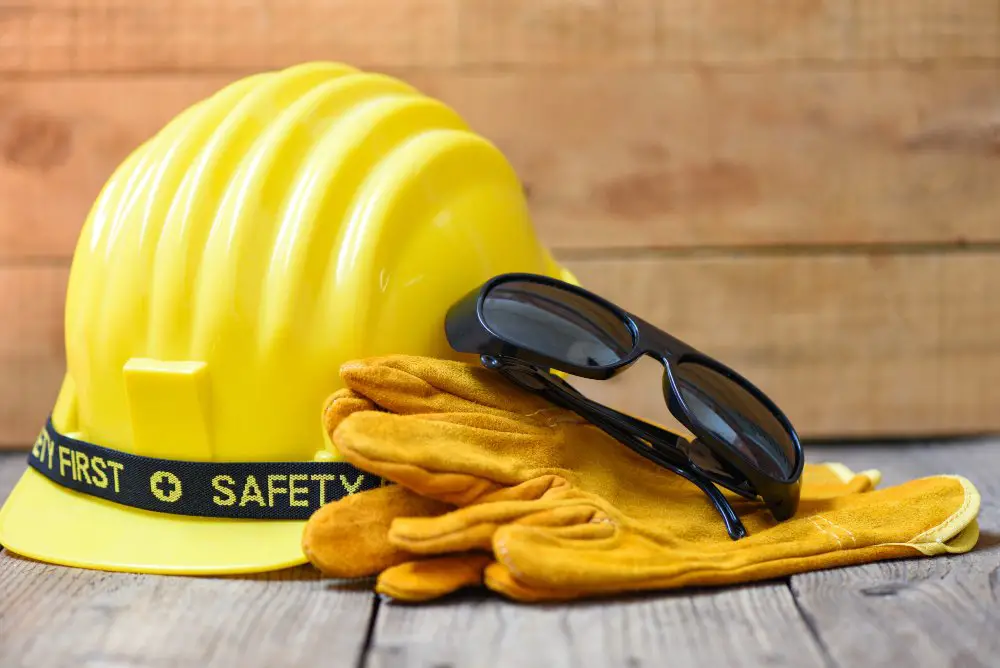
Safety during the hanging process is paramount. Use gloves to protect your hands from sharp edges. Ensure stability by using a ladder or platform. Avoid working in haste, as this increases potential for accidents.
Remember, heavy objects require additional supports; avoid hanging such items from thin, weak, or unsupported sections. Always wear protective eyewear when drilling or hammering into metal, as fragments can pose a serious hazard.
Lastly, ensure there’s suitable lighting in the area to aid visibility during the hanging process. Understanding these considerations reduces risks, making your task both secure and efficient.
Maintenance Approach for Items Hung in Metal Buildings
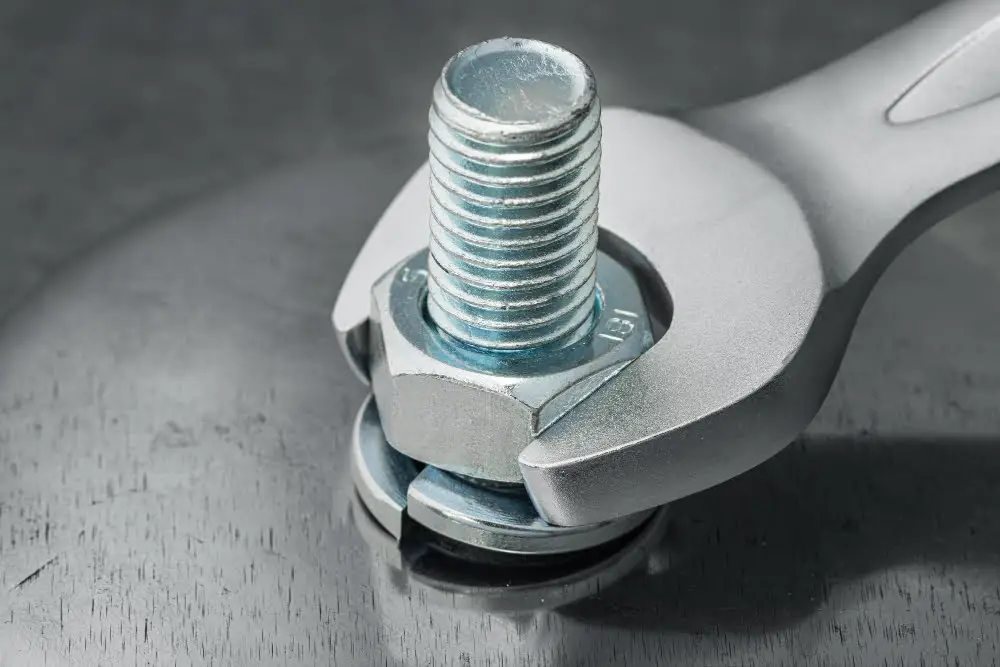
Maintaining your hung items is essential to preserve their lifespan as well as the integrity of your metal building’s structure. Start by performing regular visual inspections to verify the stability of the hanging apparatus. Distortions or strains can signal potential damage which needs addressing immediately.
Create a routine cleaning schedule tailored to your specific items. Whether it’s dusting artwork or applying anti-rust treatments to metal fixtures, preventive care aids in durability. Bear in mind that different materials require unique care methods; educate yourself on the proper practices.
Even the sturdiest fixtures can loosen over time so tighten your hardware routinely to prevent possible accidents. Also, in the event of substantial climate changes which metal buildings are sensitive to, it may be warranted to reassess and adjust how items are hung.
Lastly, consider consulting a professional for an annual inspection, especially for heavy or valuable objects. They can point out issues that may not be visible to an untrained eye, ensuring the safety of your space and longevity of your works.
Addressing Common Problems in Hanging Items Inside Metal Buildings
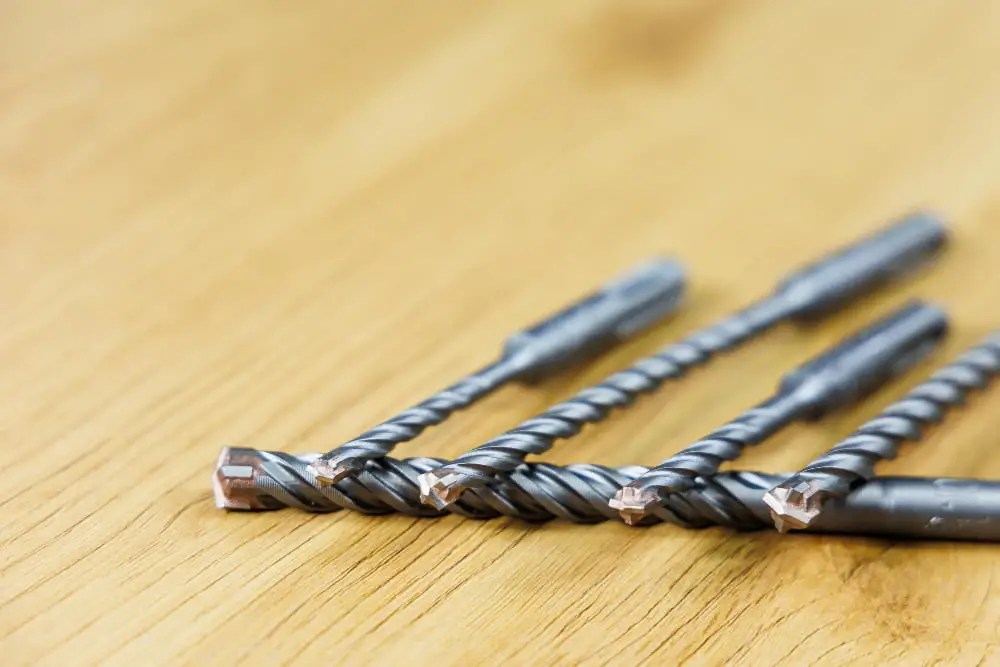
Inevitably, challenges may arise when attempting to hang items in a metal building. Following a few guidelines can assist in overcoming these issues effectively.
1. Damage to Walls: Using inappropriate tools or excessive force can lead to damaging the metal walls, compromising its integrity. Be sure to choose the right kind of hangers or anchors and be gentle during the process.
2. Misalignment of Items: A common issue is the installation of objects at unintentional angles causing them to look misplaced. A simple solution is to use a spirit level during the installment process ensuring straight placement.
3. Load Bearing Capacity: Metal buildings are robust, but each wall panel may have its own load-bearing limit. Always ensure that the weight of the objects to be hung is within the specified capacity of the metal wall to avoid damage.
4. Rusting of Hangers: Over time, as a result of moisture, hangers may rust. Opting for rust-resistant materials for hangers can prevent this issue and increase the durability of your installations.
5. Drill Bit Wear: Since metal is a considerably hard material, it can lead to rapid wear of drill bits. Using high-quality, hard material drill bits specially made for metal can help in efficient and long-lasting usage.
Taking these points into account can help mitigate most common problems while ensuring your metal building’s elegance and functionality. Remember, preparation is as crucial as the hanging process itself.
FAQ
How do you hang decorations on a metal building?
To hang decorations on a metal building, it is advised to use galvanized nuts, bolts, and washers, carefully measuring and marking the spot(s) on the wall for item attachments, considering the length and diameter of the bolt depends on the items being hanged.
Can you hang things in a metal shed?
Yes, objects can be hung in a metal shed, but it often requires the installation of timber boards along the walls to provide adequate support and prevent damage.
How do you attach shelves to a metal building?
Attaching shelves to a metal building involves drilling holes into the outer wall, fastening a wooden board to the other side with the help of wood screws and washers, and sealing the holes with silicone caulk to safeguard against water penetration and corrosion.
How do you attach something to metal?
Attaching something to metal can be achieved using polyurethane-based glues, cyanoacrylate-based adhesives, epoxies, or contact adhesive, with the optimal choice depending on specific requirements and conditions.
What type of fasteners are best for hanging items on metal buildings?
Self-drilling screws, specifically designed for metal surfaces, are ideal for hanging items on metal buildings.
Is it possible to install partition walls in metal buildings?
Yes, it is possible to install partition walls in metal buildings to divide the interior space according to specific requirements.
How can one safely install lighting fixtures in a metal structure?
To safely install lighting fixtures in a metal structure, it’s essential to turn off the electricity, use a voltage tester to ensure no live wires, mount a proper metal box for the fixture, and follow the manufacturer’s installation instructions accurately.
Recap




